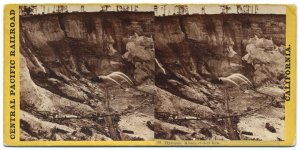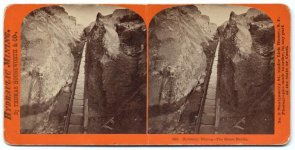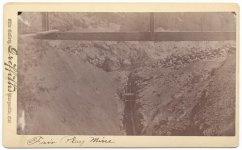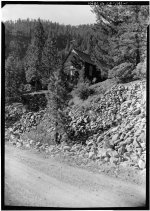OwenT
Hero Member
At a hydraulic mine, the material washes down with the water and flows through the sluices at the bottom of the pit. Simple I guess. I was just thinking this seems like it would only work if your sluice was on bedrock. Is that right? Any other way I see it, wherever you put the sluice, as the slurry runs into it it will also erode the material the sluice is sitting on and start going under the sluice instead of into it.
Upvote
0
















